When you buy through links in our articles, Future and its syndication partners may earn a commission.
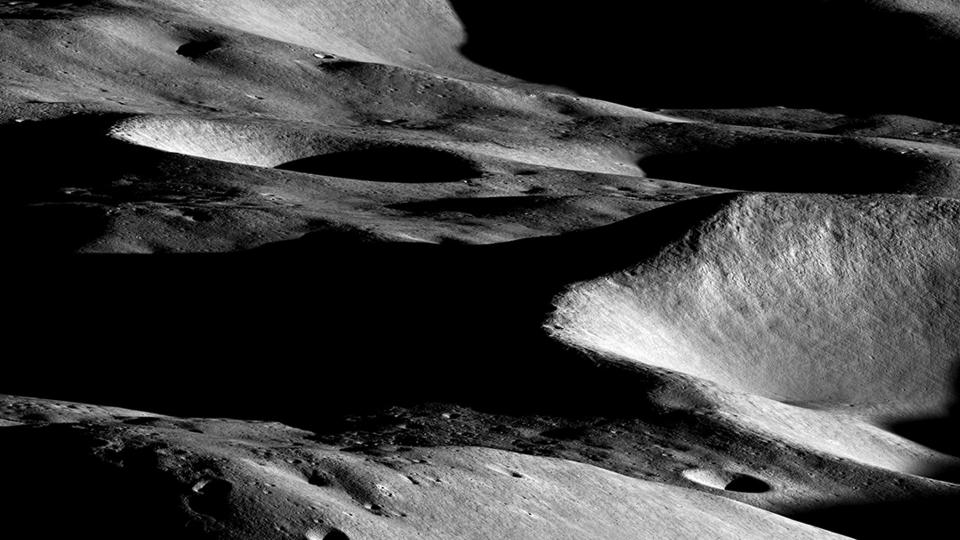

New research finds that potential landing sites at the lunar south pole for robotic landers and manned Artemis missions are prone to earthquakes and landslides.
Scientific results published early this year in the Planetary Science Journal, point to a cluster of fault lines in the moon’s south polar region, using data from moonquakes recorded by seismometers set up by Apollo moonwalkers more than 50 years ago.
“When preparing and locating permanent outposts, the possibility of strong seismic events due to active faults should be taken into account. These could pose a potential hazard to future robotic and human exploration of the Antarctic region,” the research report said.
Building codes for the moon
Installing habitats, landing sites, equipment shelters and tall towers on the moon could get off to a rocky start, according to Nerma Caluk, an intermediate designer and lunar specialist for Skidmore, Owings & Merrill, an architectural and structural engineering firm in San Francisco, California.
As public and private entities seek to establish building infrastructure on the lunar surface, the need for lunar design criteria will become more apparent over time, Caluk said. Unlike Earth building codes, lunar building codes do not exist, she noted.
To address this problem, an aerospace engineering and construction committee, part of the Aerospace Division of the American Society of Civil Engineering (ASCE), is developing a guideline.
“One of the most important parts of this guideline document is the seismic design criteria,” Caluk said. “This includes information such as site-specific requirements, minimum design strength, fatigue and service considerations.”
Research into these criteria is currently underway as part of a grant from the NASA Small Business Technology Transfer program. As part of this effort, Skidmore, Owings & Merrill, Slate Geotechnical Consultants, and Colorado School of Mines are investigating concerns about lunar seismic hazards for various structural systems.
Caluk said terrestrial engineering practices and codes “need to be redesigned” to address factors that aren’t present on Earth. And one of those factors is moonquakes.
Old data, new challenges
The uniqueness of the moon’s seismicity poses new challenges, Caluk said. “In addition, applying statistical models developed for earthquake records can introduce uncertainties into the lunar environment because of limited information about geologic and tectonic processes driving lunar seismicity.”
Caluk recalls that during the Apollo missions, five seismic stations were deployed on the lunar surface. Each of the seismic instruments was equipped with three long-period seismometers, originally aligned to measure all three components of the ground-displacement vectors, and one short-period seismometer, with the capability of measuring only vertical ground motions.
Although more than 13,000 seismic events were mapped during the seven-year recording period, the limitations of the Apollo instruments on the ground are recognized, Caluk said.
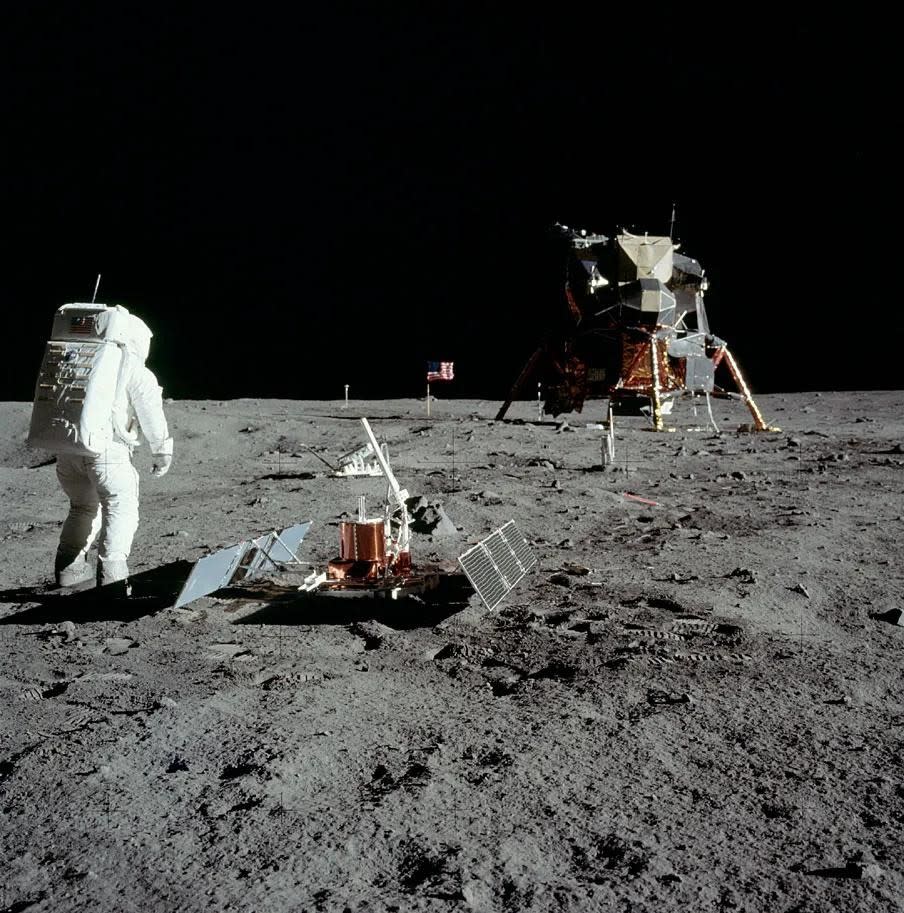

Fatigue-induced cracks
However, based on the seismic events mapped on the moon, “the biggest difference between Earth’s and lunar seismicity is their duration. It takes between half an hour and several hours for the lunar seismic energy to completely dissipate during an event,” Caluk advised.
Of the four identified types of lunar seismic events, shallow moonquakes were found to have the highest amplitude and energy release per event.
Although their magnitude is estimated to be smaller than large-impact earthquakes, if they are large enough (with their epicenters close to the South Pole), they could damage lunar infrastructure, Caluk said. “This could lead to fatigue cracks, which would impact the usability and operation of the earthquakes.”
Moonquake impacts on future lunar structures in the low-gravity environment, which will have unique structural material properties, could differ significantly from known, terrestrial cases, Caluk pointed out. Adaptive resilient seismic systems that mitigate seismic damage have made significant progress in recent years and need to be refined for lunar structures, she said.
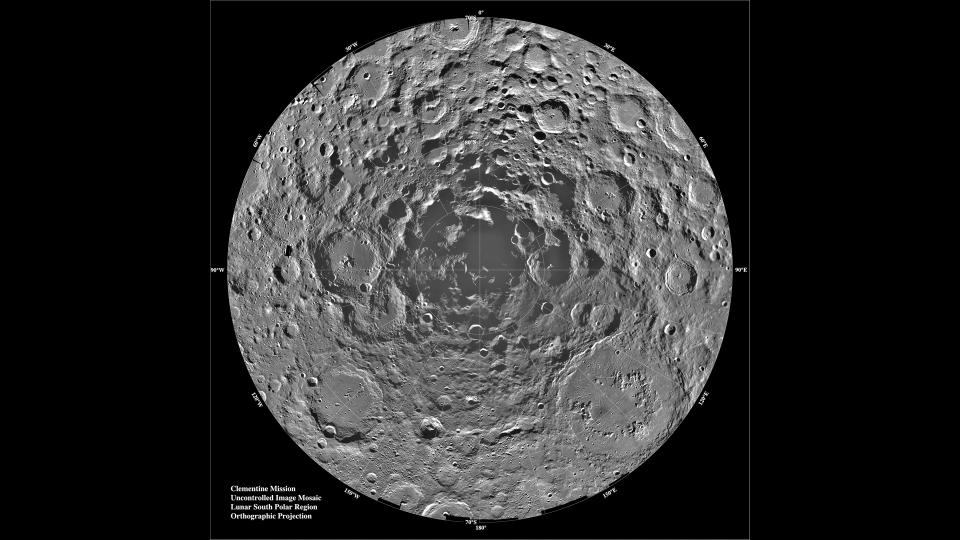

Reducing the knowledge gap
Existing data can be used for initial estimates, Caluk said, closing the knowledge gap in seismic analysis for lunar structures. That’s possible by using a shallow moonquake waveform database to develop a Lunar Ground Motion Model (LGMM).
“To properly design for such lateral loads, seismic data from the actual base camp location, in this case the lunar south pole, are needed,” he said.
Caluk: “These data do not currently exist, as the seismometers from the Apollo missions were placed in the equatorial regions.”
The ongoing NASA-funded work should provide initial estimates and assumptions resulting from limited knowledge about moonquakes, their effects on structural systems, and the potential need for seismic protection systems.
Wanted: More information
But there is more work to be done, Caluk said. More data can be gathered from future lunar seismometers.
Another outcome of the ongoing work on moonquakes may be the need for additional instrumentation aboard NASA’s public-private Commercial Lunar Payload Services (CLPS) missions to collect the missing data on site conditions.
“As NASA returns to the lunar surface through the Artemis program, the creation of structurally safe and permanent building infrastructure is needed,” Caluk concluded. “Experience in land structures and civil engineering should be incorporated to accelerate the development of lunar infrastructure and building systems.”
Stable foundation
As for moonquakes, “designers need to take that into account in any design of structures that require stable foundations,” said Sam Ximenes, a space architect and founder and CEO of XArc Exploration Architecture Corporation and Astroport Space Technologies, headquartered in San Antonio, Texas.
“Yes, this is becoming more and more realistic,” Ximenes said. Work is underway to develop technologies for solidifying regolith (patent pending) for building infrastructure on the moon, using 3D printing and autonomous robotics. The initial focus is on placing landing pads on the moon.
“The natural progression is toward the lunar economy, where we are now seeing industry partnerships emerging to enable a supply chain infrastructure that includes in situ utilization of lunar surface resources,” Ximenes told Space.com.
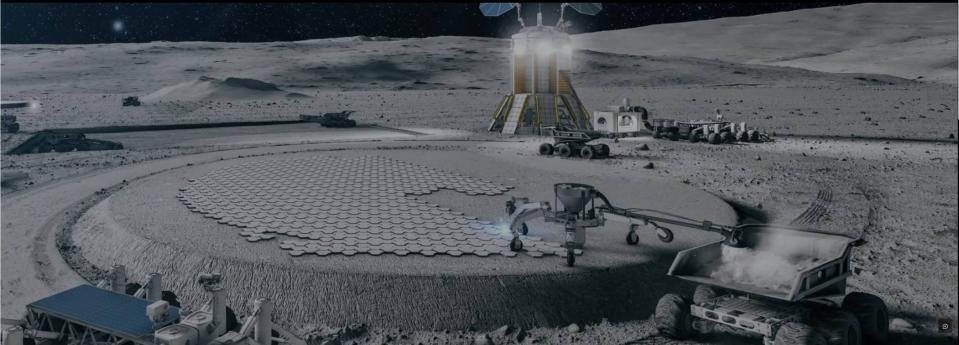

Towering capacity
Honeybee Robotics is collaborating with the Defense Advanced Research Projects Agency (DARPA) on a lunar architecture study to develop and integrate the tall tower concept.
The concept is called LUNARSABER, a space acronym for the long title: Lunar Utility Navigation with Advanced Remote Sensing and Autonomous Beaming for Energy Redistribution.
Honeybee Robotics estimates this towering capacity will be nearly 100 meters tall, but it could be expanded to heights of over 200 meters above the lunar landscape to increase its reach.
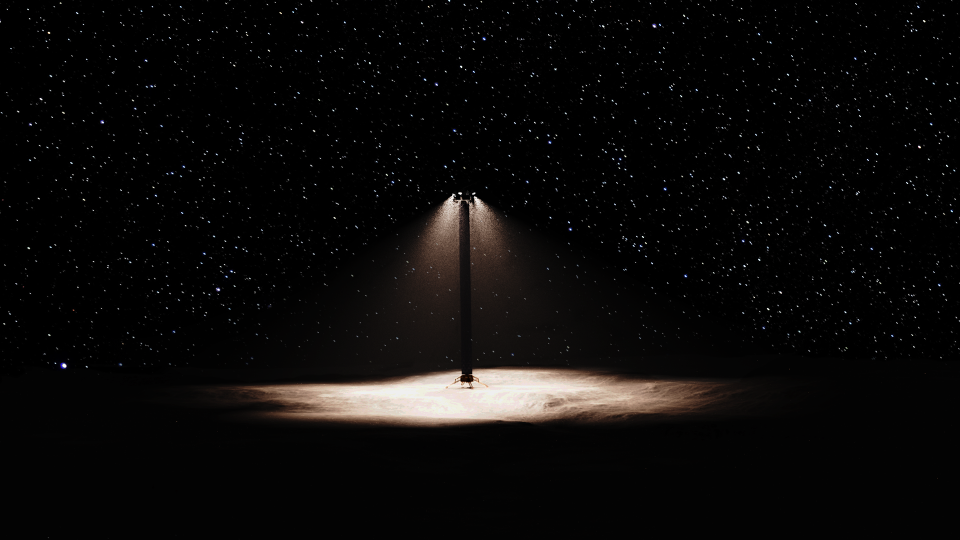

Location selection
RELATED STORIES;
— Should We Regulate the Moon? Scientists Call for International Plan to Share Lunar Water and Resources
—How can we build landing and launch pads on the moon?
— SpaceX Starship landings could contaminate water ice on the moon
Vishnu Sanigepalli is Honeybee’s Principal Investigator for LUNARSABER under DARPA LunA-10.
“We are actively evaluating the impact of moonquakes on tall infrastructure, including deployable towers like Honeybee’s LUNARSABER, and designing them to remain stable and not fall over,” Sanigepalli told Space.com.
Unlike earthquakes, which last only seconds, moonquakes can last for hours, Sanigepalli pointed out, raising risks in terms of long-term effects such as material fatigue, structural durability and service degradation.
“For towers, habitats and other infrastructure, moonquakes pose a challenge, especially because the moon’s regolith is much less stable than Earth’s,” Sanigepalli adds.
“This means we need to be more rigorous in our site selection to ensure that infrastructure is built on terrain that is seismic resistant and stable in the long term,” Sanigepalli concluded.
